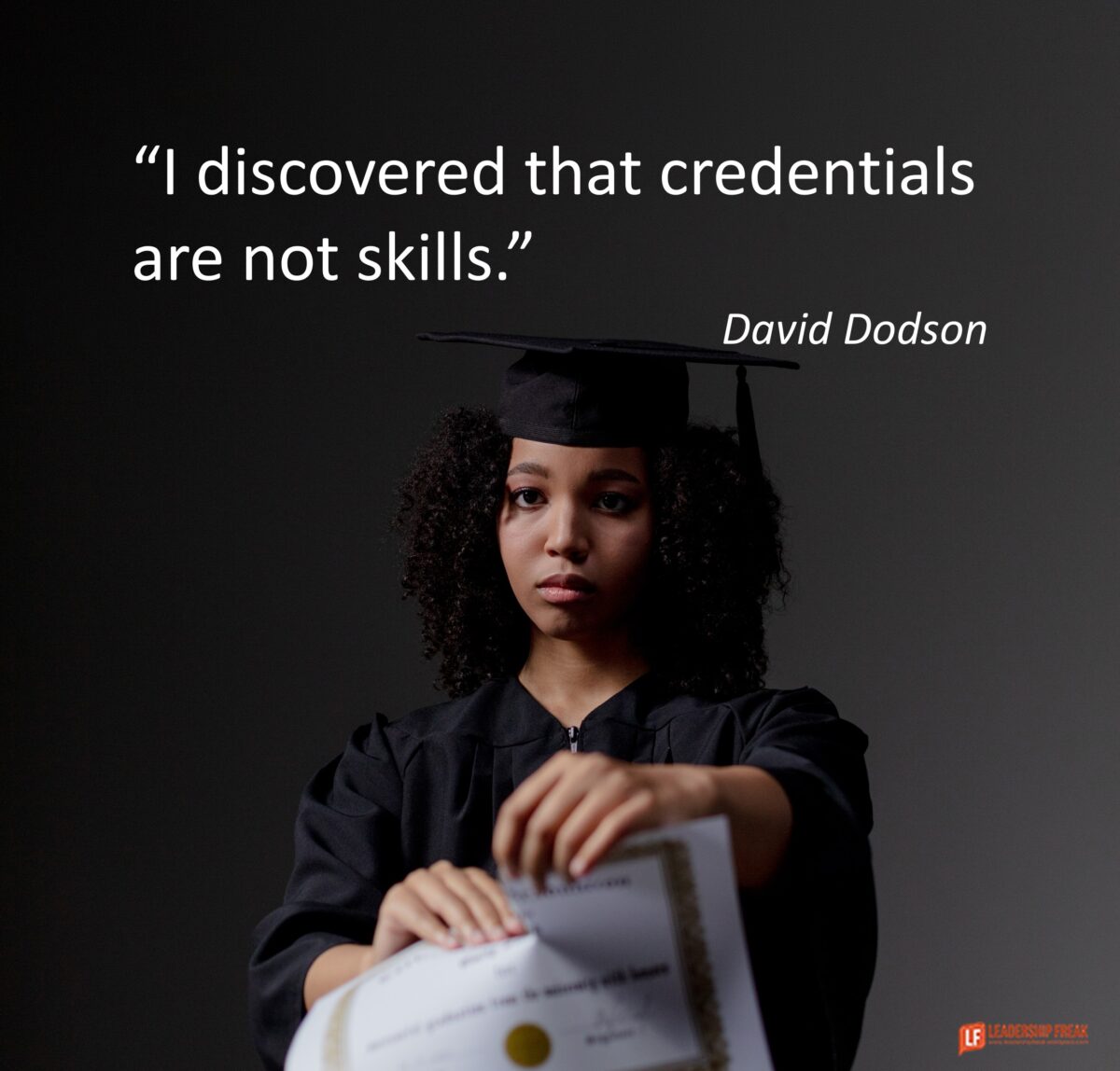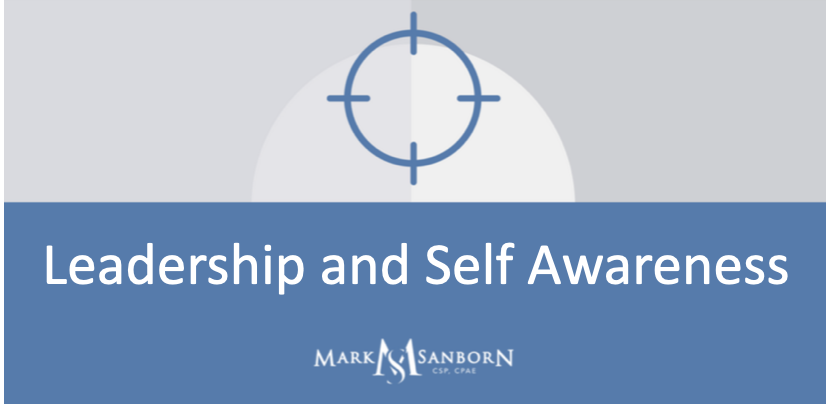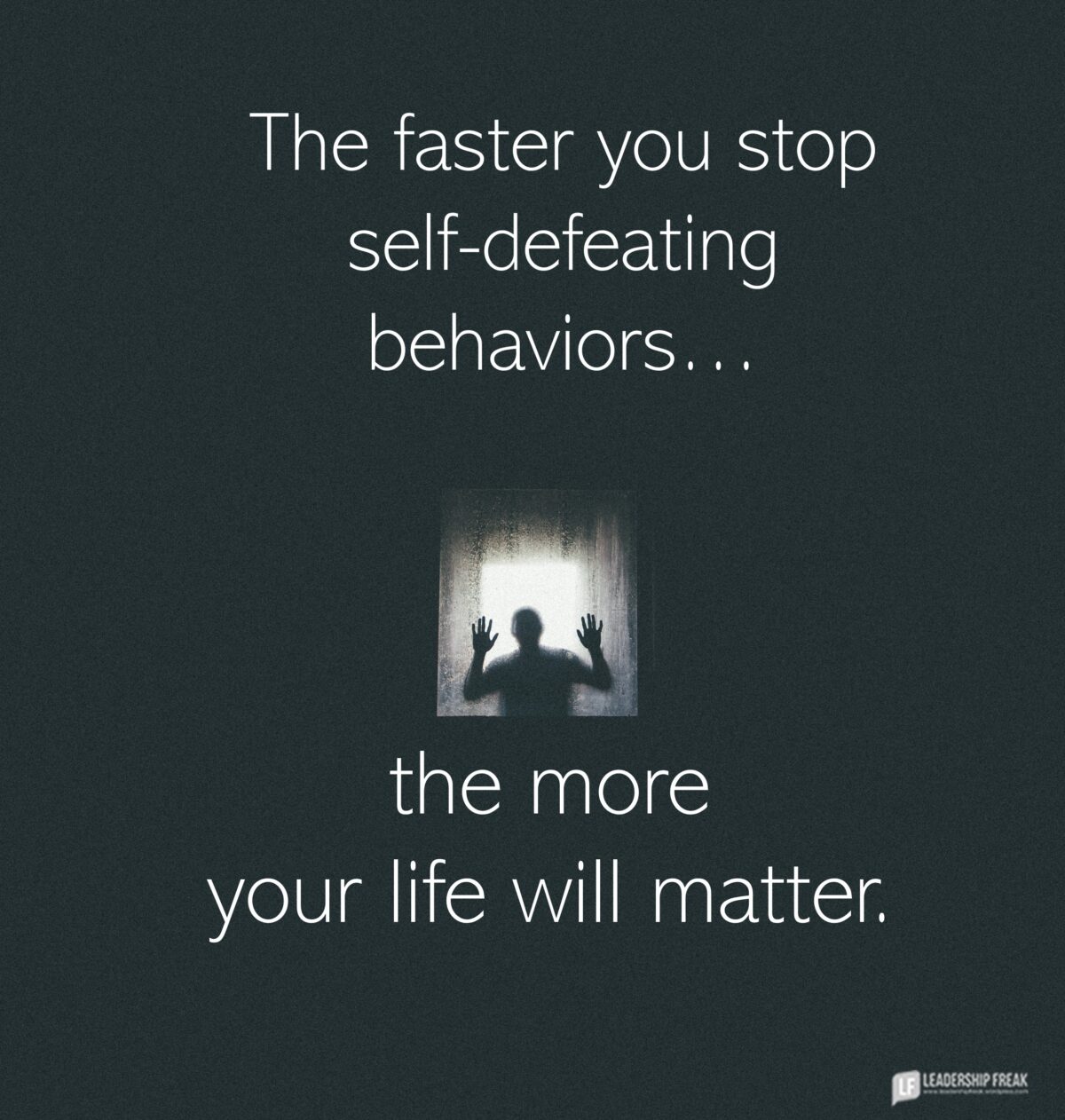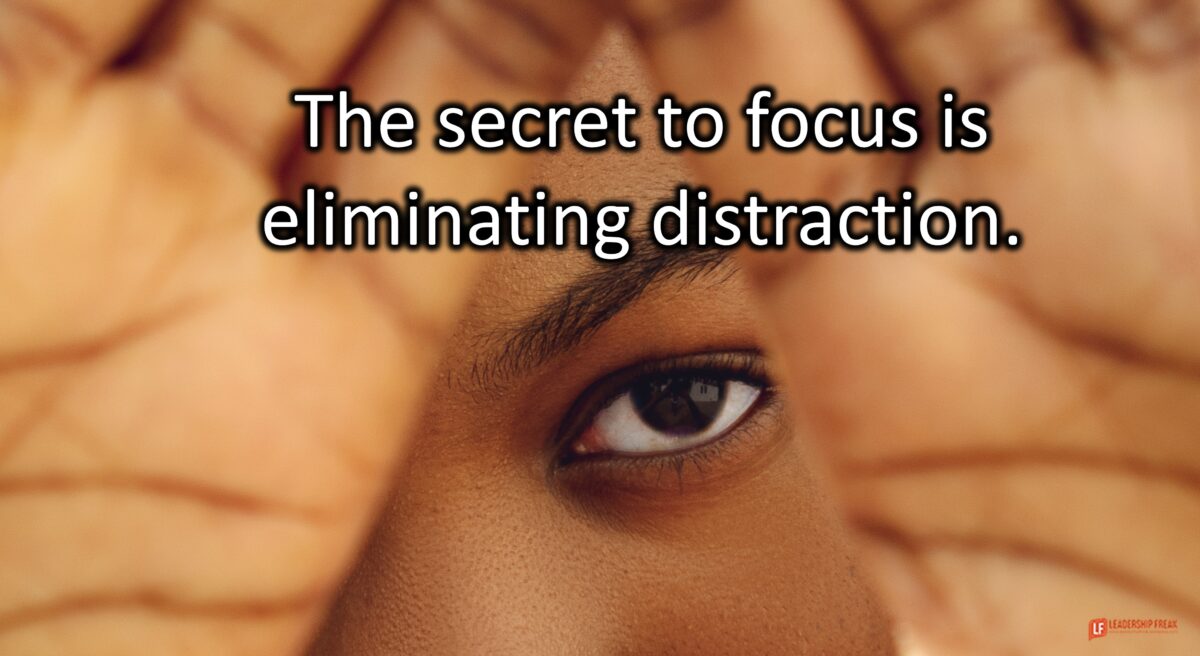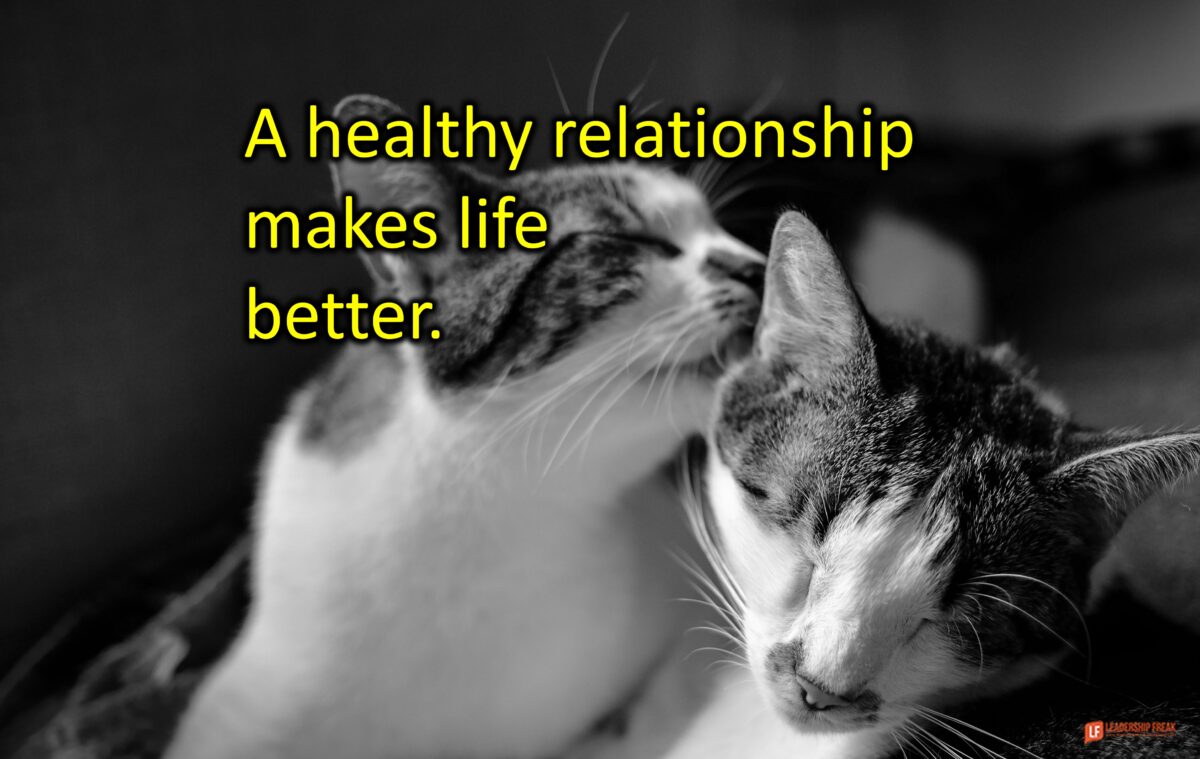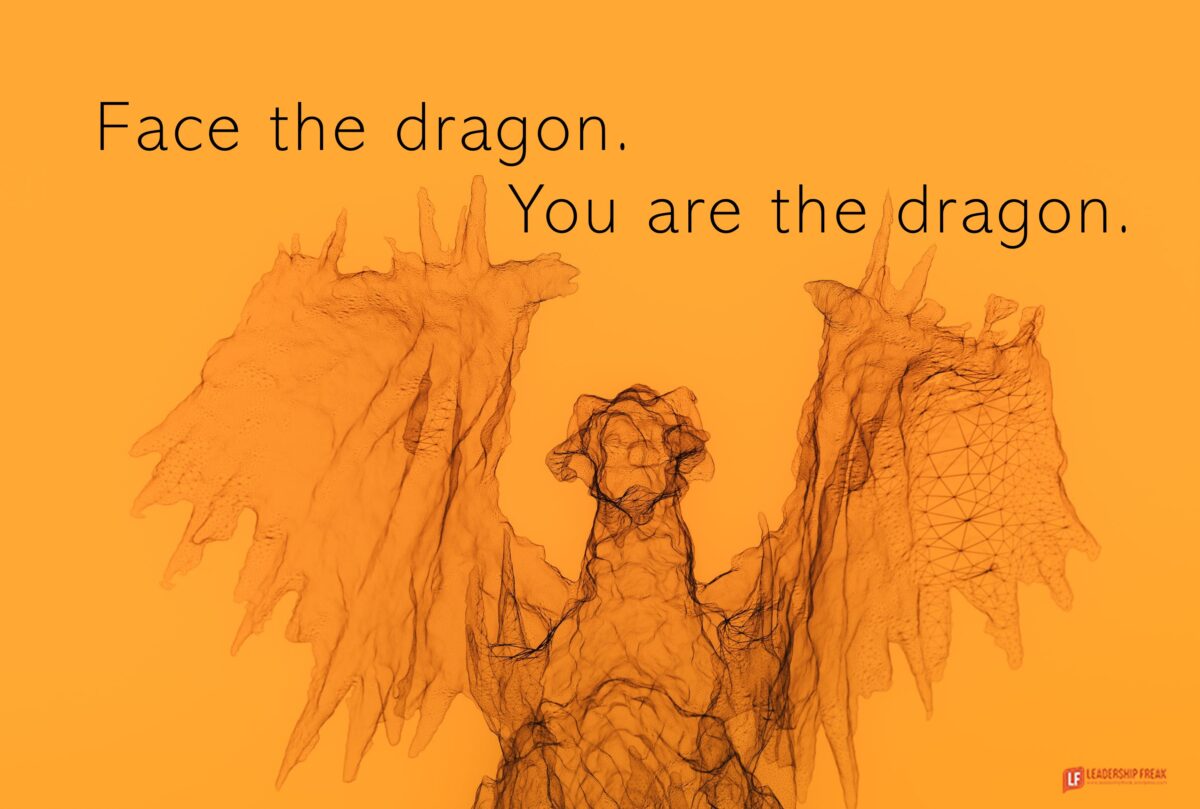The 5 Skills Managers Must Master
David Dodson has an MBA from Stanford. He worked for McKenzie and Company. But he discovered what every manager knows, “… credentials are not skills.”
You learn about skills in books. You develop skills in the trenches. Dodson’s new book, The Manager’s Handbook, is for people with dirt under their fingernails.
The top 5 skills managers must master:
1. Build the team.
A manager’s success depends on others. If you still think it’s all about you, you’re doomed to exhaustion. The higher you go the more you depend on others.
- Hire for outcomes.
- Provide instant feedback.
- Use 360-degree feedback.
- Coach people.
2. Set priorities.
“If you were to succeed at only one thing and ignore everything else, what would that be?” Dodson
A person without priorities is driven by urgent trivialities.
- Set KPIs (Key performance indicators.)
- Generate a list of opportunities. Now cross almost everything off the list.
3. Guard time.
“It’s not enough to be busy. So are the ants. The question is, “What are you busy about?” Thoreau
A great month is built on a series of great days.
Dodson writes, “The creativity and insights that transform an organization seldom happen in the slivers between answering emails and responding to routine requests. They require uninterrupted blocks of time, free from low value transactional work.”
Time tips:
- Check messages less often.
- Shorten meetings.
- Use the Eisenhower Matrix to guard time.
4. Seek and take advice.
Surround yourself with advisors. Look for…
- Experience.
- Pattern recognition. You repeat past frustrations until you notice what keeps coming back.
- Time to give advice that stings on occasion.
5. Obsess over quality.
“Do what you do so well that they will want to see it again and bring their friends.” Walt Disney
Quality drives price.
Note: The manager’s top skills are connected to each other.
Which management skill is most relevant to you today? Why?
This post is based on my conversation with David Dodson and his new book, The Manager’s Handbook.
Purchase, The Manager’s Handbook. It’s practical and actionable.
Still curious:
Successful Time Management isn’t about Getting More Done
5 Ways to Become a Gifted Adviser
Like this:
Like Loading…
